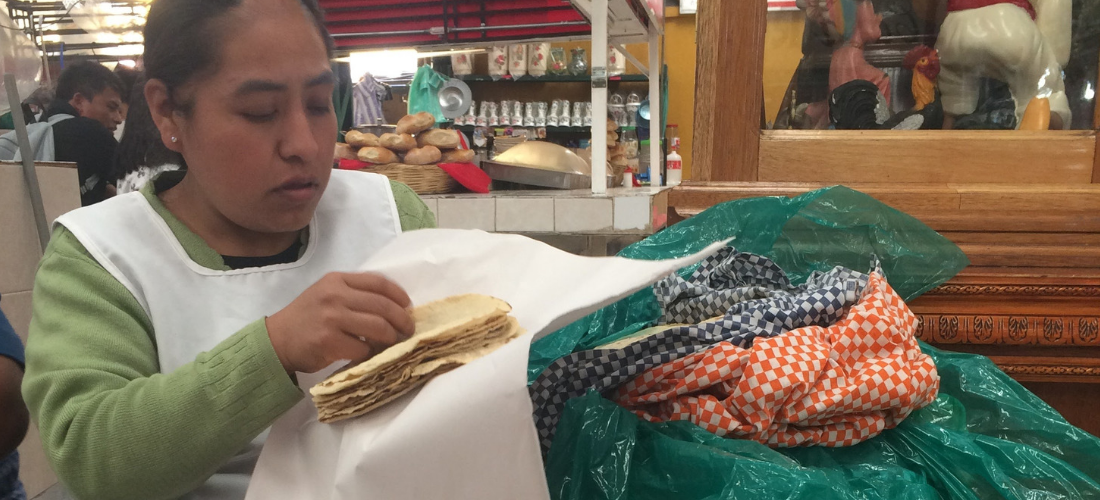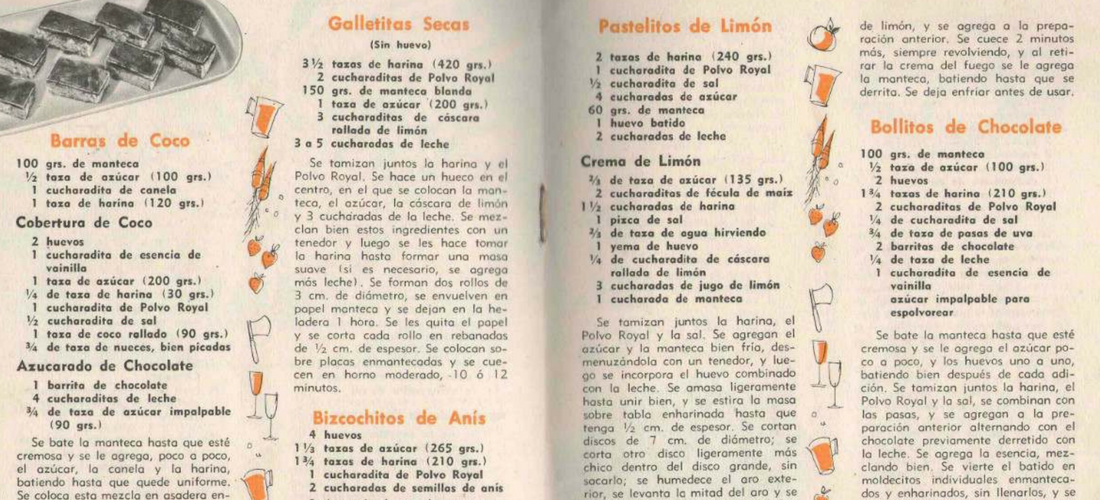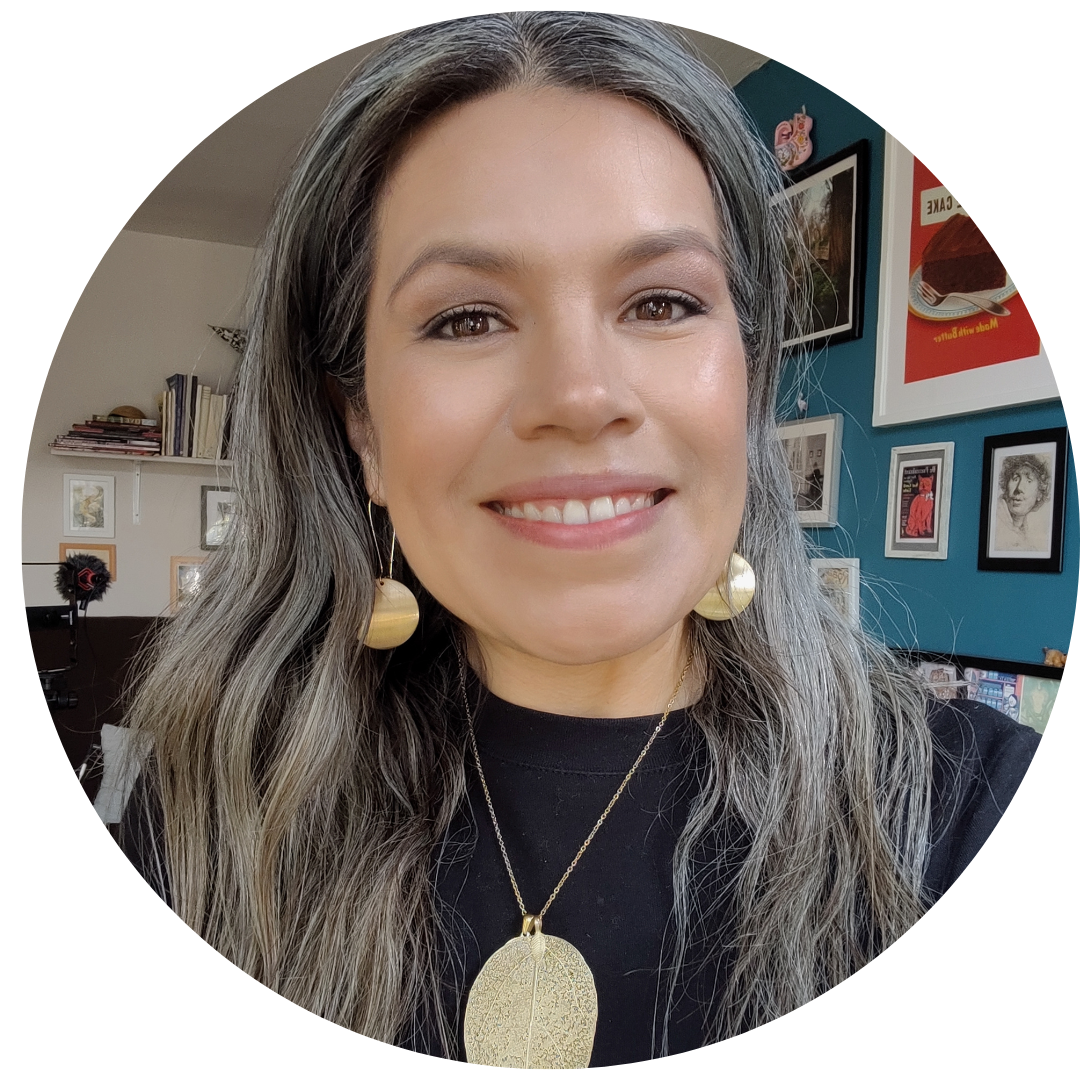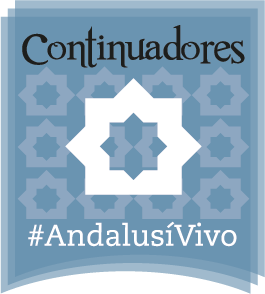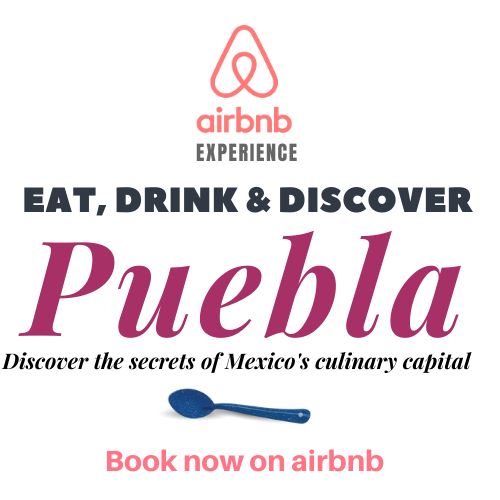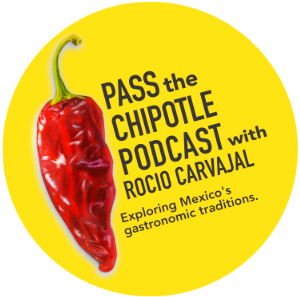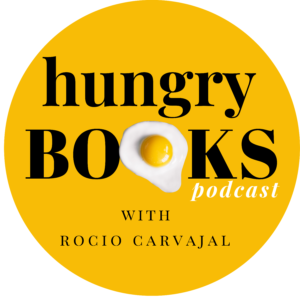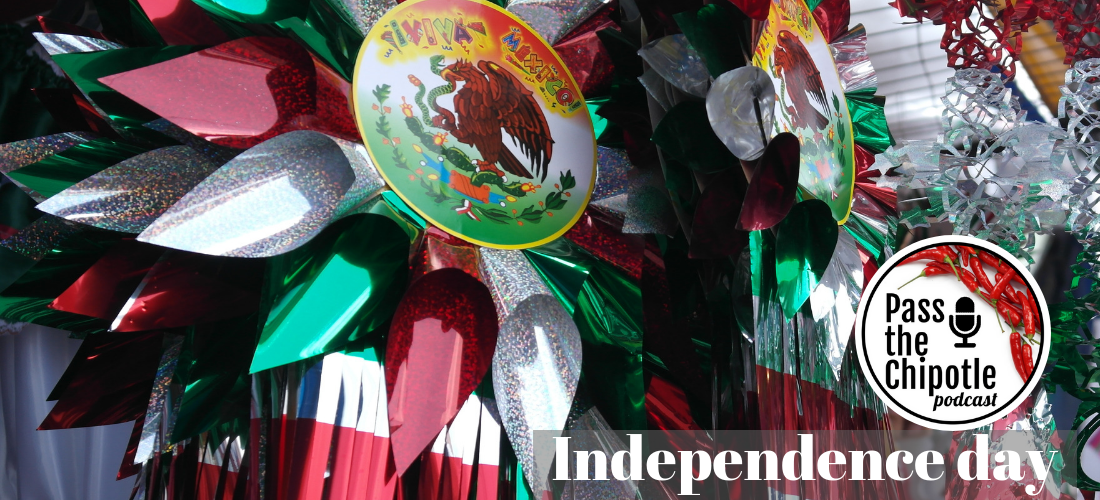
Mexican Independence Day Ep.28
Presented by: Rocio Carvajal Food history writer, cook and author.
EPISODE 28
September 16th Mexico celebrates Independence Day, commemorating the call to arms to put an end to the Spanish colony.
This occasion marks the start of a very long season of national fiestas that is celebrations, from the patriotic to the religious in a wonderful display of mixed heritage traditions and delicious food!
—————————————–
This show is the audible companion of: SABOR! This is Mexican food magazine
Support this show on Patreon
Follow me on twitter: @chipotlepodcast + @rocio_carvajalc
Instagram: @rocio.carvajalc
email: hello@passthechipotle.com
web: passthechipotle.com
Newsletter: Subscribe here
Youtube: Pass the Chipotle Podcast
Independence day
On a cool late night of September 207 years ago, started a war that would put an end to almost three centuries of Spanish domination, it took the following eleven years to finally achieve the long-awaited independence of the territory that would be known to the world as the United States of Mexico. Although the young nation endured several attempts of invasions by the United States and France, including a brief and failed Habsburg empire, Mexico maintained a fierce determination to become the free nation it is today. But what exactly Mexico’s independence meant for the western world and why was it conquered in the first place?
The Spanish colonies in the Americas were the result of a large-scale plan of Spain to get ahead in the maritime trade race, and it was pretty much thanks to the incompetence of the expedition led by the Italian explorer Christopher Columbus that either ignored or dismissed the fact that 500 years before Leif Erikson a Viking explorer son of Eric the Red had actually successfully navigated to America and even established a settlement in today’s Canada. But nevertheless, they insisted on finding a route to circumnavigate the earth and reach India and the far east.
Columbus convinced Queen Isabella of Spain and off he sailed the ocean blue and eventually got somewhere. That somewhere was today’s Bahamas and from there carried little expeditions to the continent which he promptly named as “the indies” and insisted on calling the natives Indians and claiming his own greatness for having discovered them. I’m pretty sure that no native was actually thrilled about it. After going back and painting a glorious picture to the Catholic kings Isabella and Ferdinand of a land of unlimited resources that was practically theirs for the taking, he was appointed to carry yet another doomed mission to conquer “the indies”. Years passed and Columbus grew old and proved increasingly inadequate of succeeding in such enterprise and he was actually replaced and he retired to Spain where he died in 1506.
In 1499 only 7 years after Columbus arrived in the new world, a much clever explorer, cartographer and merchant, the also Italian Amerigo Vespucci arrived in today’s Guyana and eventually reached Brazil at his return to Europe he proved beyond doubt that this new world was no extension of Asia and was an entirely different continent, history repaid him rapidly by naming America this whole side of the world, and not Colombia… makes sense right?
And then came Hernan Cortes
At the age of 36, gosh younger than me! The then Mayor of Santiago de Cuba Hernan Cortés was appointed to lead the full operation of destroying the Aztec empire and with it defeat and control the many other tribes and install a Spanish colony in today’s Mexico. And that he did, with a sharp and ruthless strategy he set the basis of a colony that was under Spanish control from 1521 to 1810, the total of American colonies made of Spain the most powerful and large empire of its time that eventually came to an inevitable end.
The colony was consolidated through modern warfare, clever military strategy, and a good help of good old political greed and betrayal, after all, it is naïve to assume that the Aztec empire didn’t have multiple and very bitter rivals. The colony imposed a fierce class and race division in the society in which only Spanish born people were seen as superior in every way and only them had access to positions of economic and political power. The unfair distribution of wealth, increasing social tensions between the mestizo population that is those born of Spanish and indigenous people that saw themselves as neither and the legitimate heirs of both, grew increasingly restless and a fierce desire to end the abusive colonial regime galvanised the population and brought together indigenous and mestizos and that cold September night a national plot to start a series of uprisings across the territory got in motion, lead by activists, politicians, key indigenous figures and liberal clergy. And so the midnight of September 15th, outside the city’s granary in Dolores, Guanajuato the left wing, liberal and mestizo Jesuit priest Miguel Hidalgo accompanied by a crowds of rebels, and as the church bells across the city rang, he cried something like “Viva Mexico” death to the gachupines, that is Spaniards, long live the Virgin of Guadalupe, and long live America, or something similar, historical accounts are a bit blurry but that’s was essentially the message.
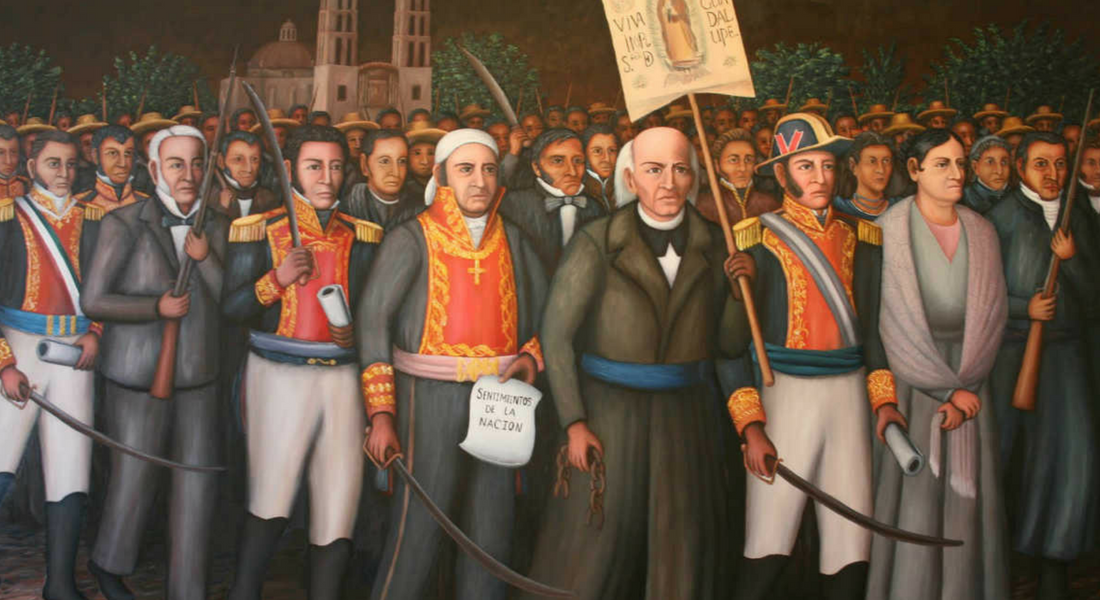
Needless to say, insurgents and leaders were hunted down and executed and with that of course, instantly made them martyrs of the cause, in spite of the royalists’ efforts to suppress the uprising, independence from Spain was finally achieved in 1821… a memorable scene was the triumphant entry of the tricolour army lead by Agustin Iturbide in the city of Puebla, where nuns prepared a special dish to mark the occasion and celebrate the brand new flag of the young nation: and so they served chiles en nogada.
Iturbide who had more ego and ambition than loyalty and decency, and who actually was a former royalist himself, went on to proclaim himself emperor of Mexico but that’s a tale for another time.
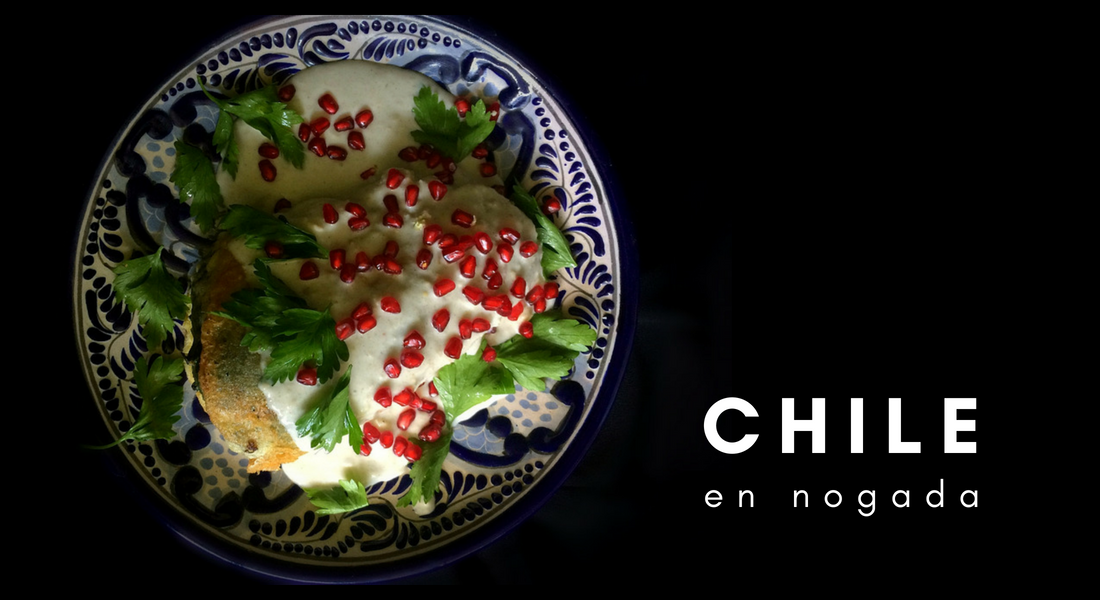
For now, let’s focus on how independence is celebrated today
I don’t think there is a single town and city in Mexico that doesn’t have an avenue or two named “Independencia” and few weeks before September 16th parks, streets, plazas and Zocalos are decorated with lights, banners and all sorts of flag-themed ornaments. Schools prepare plays where kids with white wigs play Priest Hidalgo, Vicente Guerrero the famous Mulato general, Jose Maria Morelos another priest and Leona Vicario amongst many other heroes. And of course, public concerts with mariachi bands, marimba, brass bands and local orchestras are never a miss.
Street and private parties with friends and neighbours call for lucky pots and everybody brings traditional dishes, among the many favourites are tostadas, crisp tacos, Chanclas, which are buns covered with a chorizo adobo, pozole, pambazos… all washed down with alarming amounts of tequila, mezcal, tepache, beer and anything in between, it is as you can see pretty much the perfect excuse to eat all sorts of antojitos, that is comfort food at its glorious best.
Colonisations and independence movements are never an easy affair, but remembering and honouring the memory of those who fought and died to build a better future not only gives us a good historical perspective but also helps us realise how fortunate we are and the duty we have to remain free of thought, free of prejudice and free to rewrite history.
So viva Mexico indeed, its people, its traditions and of course its delicious food!


